"A gentle murmur of water rises at every moment from the valley. It comes from the aqueduct of that Moorish mill, almost at the foot of the hill".
W. Irwing
- Throughout history, Nigüelas is mentioned in several Works up to Turdetan origin ( 500 a.C. - 206 a.C. ). Professor German Grafizo talks about his work "The Origin of Pomegranate" that Nigüelas was the first Granada.
"Llipula Magna was an ancient settlement of Turdetan origin that C. Ptolemy equated with the Roman Granata, and which was located in the vicinity of the Llipula Mons, that is, on the dental occi slope of Sierra Nevada. Granata, in Visigothic times, was called Natiuola, if we tend to the expression in locum Natiuola appeared in the famous commemorative plaque of three churches of late Roman times; and Natiuola, residence of military, political and religious power during the Gotica era and hisn Niwalas."
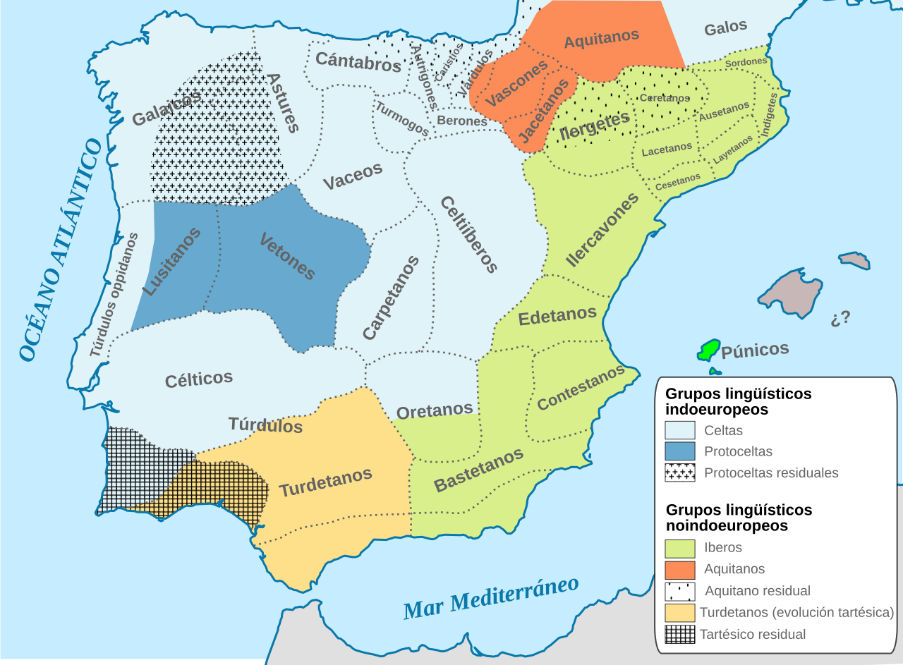
- THE CASTILLEJO DE NIGÜELAS In the ninth century we are aware of the existence of a hisn in Nigüelas that could well be the meager remains that are at an elevation over the River Torrente.This elevation, located near the Sierra de Nigüelas, at a height of 1200 m., was called since ancient times as Pago del Castillejo, and currently as the "Pinguruche"; it is nestled on the Torrente River and dominates it, its access is very difficult, being only viable on its northeast face. Throughout the surrounding terrain, the accumulation of sly materials is noticed by the strong seismic movements that the area has undergone. About 500 m. high from the hillside, on its northeast face, ceramic fragments
45 were collected,which is presumably rolled from the top because on this one has not been able to document the existence of ceramics. The remains preserved in the payment are really small, on the west side you can locate possible remains of a wall, with a height of about 50 cm. and a length of 3 m., made of masons joined with mortar, adapting to the orography of the terrain; possibly the basis of a tapestry parament.
It is logical to think that the continuous landslides of rocks from the highlands as a result of the nearby fault have buried the ground.
The place is perfect for placing a defensive enclave, as it dominates the high and middle course of the river, so the water supply would be assured; In addition, very close to its location passes the path that joins Nigüelas with the mountains, with the other towns and with Lanjarón, serving as an access door to the Alpujarra, from here most of the fortifications of the region are displayed and also controls all the ravines that flow into the river (Barranco del Pleito, of the Era and the river valley itself).
Possibly this enclave is the one that occupied Nawalas Castle, cited by Simonet, but the lack of surface structures and ceramics in its original location, does not allow us to have a full idea of the enclosure, could be a high settlement or a hisn-refuge.
- In M. Ferrer S.L. Granada 2000's "Book of Apeo y Repartimiento de suertes de Nig'elelas 1572" they speak of 5 bread mills.
"5 small and ruinous bread mills, moorish. Grind just one. They grind with the ditch of the place, although there is little water."
The 5 mills that are in day and that were also mentioned later in 1752 in the work of the Marques de Ensenada. Therefore we can say that the 5 five mills are today :
- Molino Alto: in the heart of the River Torrente, in the Payment of the Cahorros
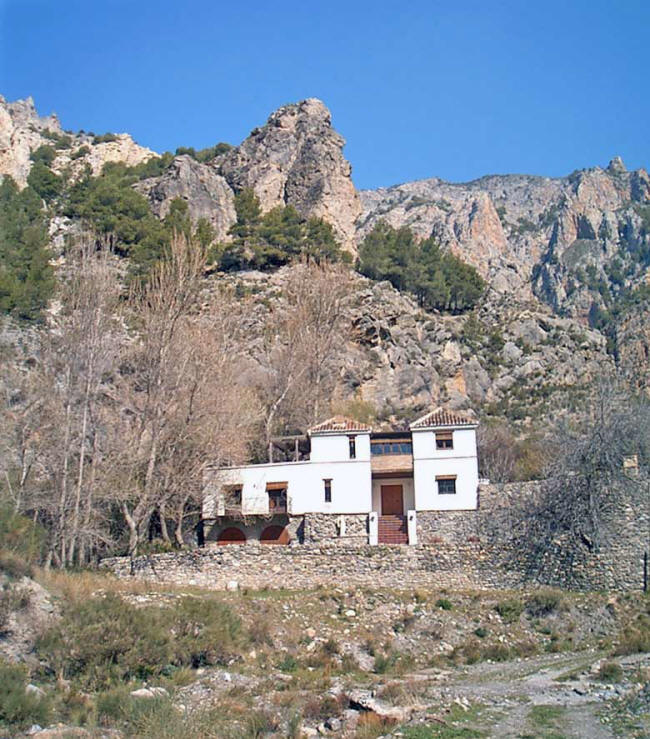
- Canary Mill
- Visco Mill ( Alqueria de los lentos )
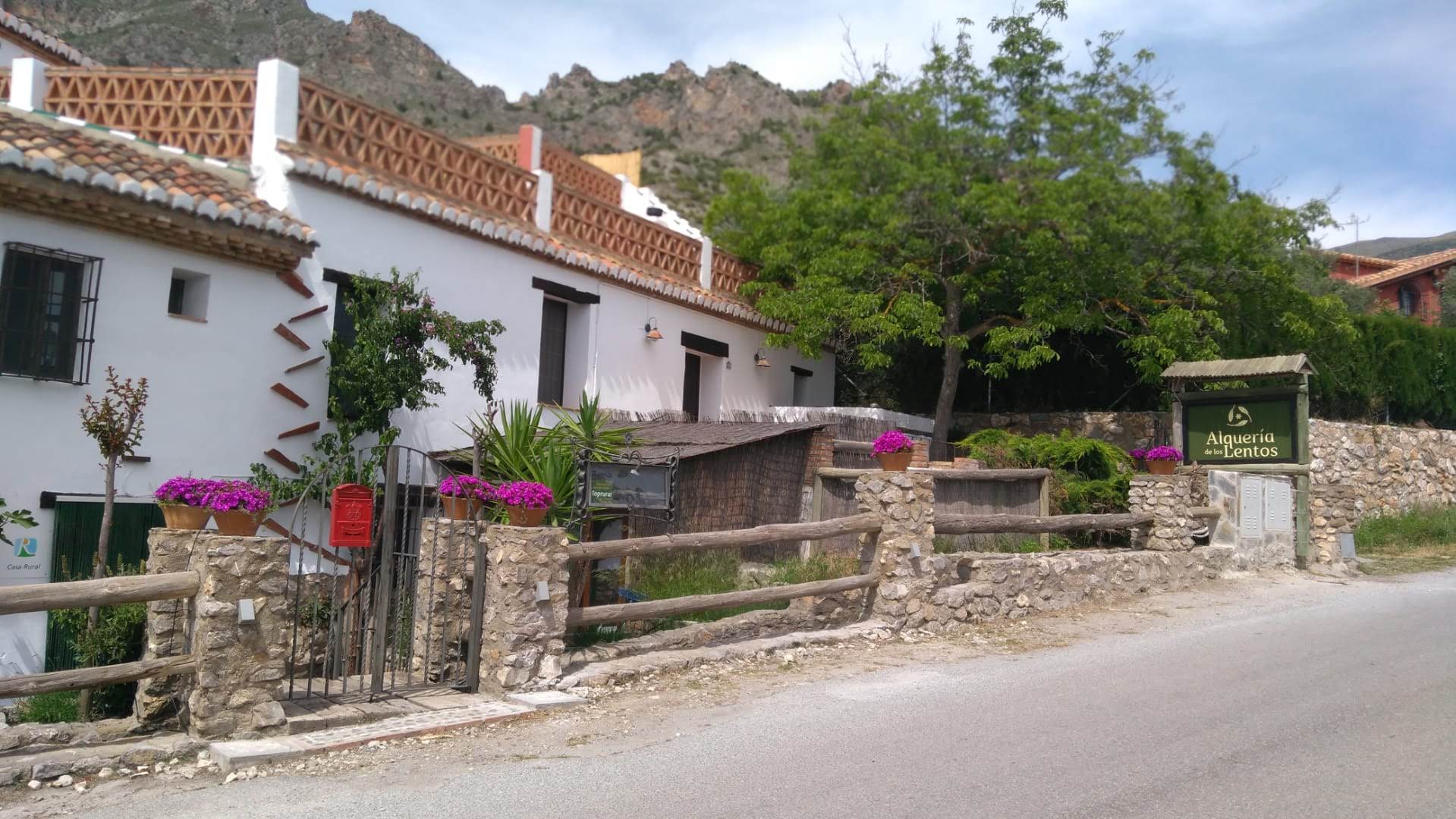
- Lorenzo. Today known as the "Franchi Mill"
- Mill of "Petaca" or Manuel Carillo.
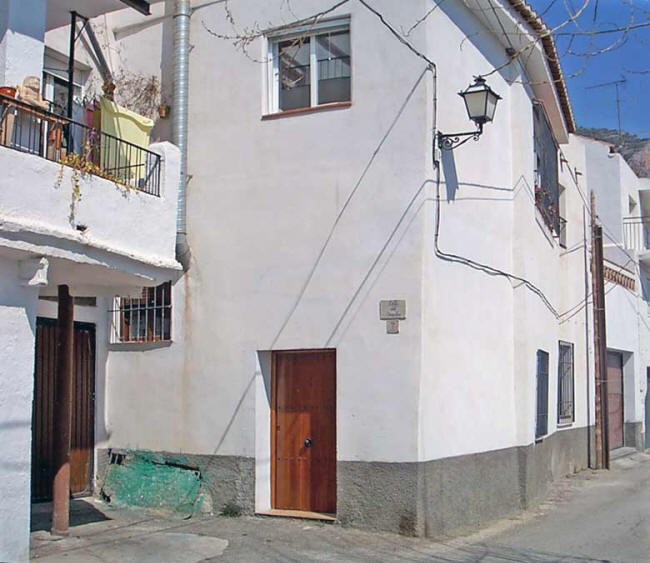
It is precisely that of the "Vizco" on which our accommodation is based. Because they called it Vizco you can read it later.
On the books of Apeos it should be commented that they are books that were made in the sixteenth century, after the expulsion of the Moors. Royalty commanded officials to take their lands, in theory from the Moors who had risen. In doing this act it describes each population, and serves to find out the situation of each municipality at that time.
- At the time of illustration (mid-18th century) the Marquis de la Ensenada carries out a cadastre where he details the situation of the different municipalities of Spain of Then. It is a magnificent source to study the situation of each of the municipalities of our region.
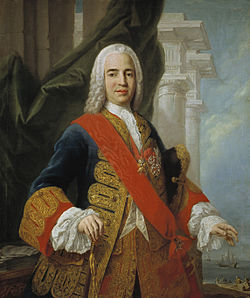
The Work is projected in four volumes, of which I and III contain population classifications made by the Principal Contaduries of the Intendency and can be considered as the Census of Population of the Marquis of the Cove, while Volumes II and IV are contributions of the INE to facilitate the management and understanding of the work.
http://www.adurcal.com/enlaces/mancomunidad/ensenada/niguelas/index.htm -
Volume I: it contains the relationship of populations, inhabitants and buildings of each province.- Volume II Nomenclatures: contains the nomenclator of the peoples listed in the Census.- Volume III Menestrables, deals with people who practiced a manual trade, such as artisans and all those whose economy depended on physical work without any qualifications. Known as menestrales, they formed the main part of the great mass of breasts.- Volume IV Cartography: includes maps of the 22 quartermasters comprising the Census.In the description of the village of Nigüelas he speaks
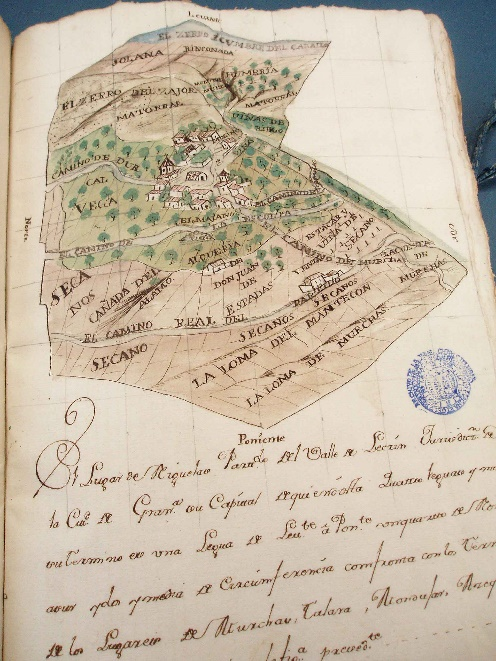 of Three Flour Mills, An Oil Mill and two mills or prensillas.
of Three Flour Mills, An Oil Mill and two mills or prensillas.
-
- A flour mill by D. Francisco de Zaragoza, priest benefiting from Padul. He's got it leased in 36 wheat sticks.
- Another called EL DEL PLACE, by Sebastián de Morales, who manipulates it himself. When you've leased it, it's been in 150 reais, paying the tenant nsos and other levies.
- The third flour mill is by Mr. Francisco Guerrero, from Malaga. He's got it leased in 13 wheat sticks and 12 corn.
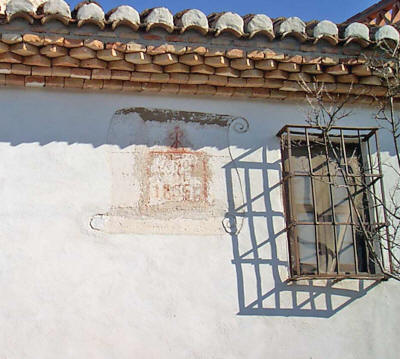
Inscription in which you can read 'Year of 1855' - The oil mill belongs to D. Juan de Zaragoza and was leased in 150 reais.
- An Almazara belongs to the chapel of D. Antonio Herrera, priest of Talará. It is leased with its land and wooded to D. Andrés de Zaragoza, and produces 10 oil at sign.
- The other mill is typical of D. Juan de la Cueva Pacheco, who carries it himself and can produce 15 oil at sign.
- In the Orgiva register we have found the following information regarding the owners.
- 26/9/1855 : Don Jose Lopez Picazo and Dona Francisca Robles Casares acquire this piece of land of marjal and a half place on which the flour mill registered on 26/09/1855 was built. If it's for inheritance or purchase we don't know. They've probably built the mill on top of Moorish foundations. It is true that they are the ones who built the Flour Mill in 1855 as reflected in the facade.
- 11/11/1884 : The aforementioned Don José López Picazo, died in the expressed place of Nig-eles at one o'am on 21/04/1884. They have 2 children (Ramon and Antonio) and it is Don Antonio Lopez Maldonado (labrador profession) who enrolls their title of acquisition of the domain of the estate of this number as a paternal inheritance on the day 11/11/1884.
- 19/04/1886 : Don Antonio Lopez Maldonado sells it to Don Juan Tuset y Malet who registers it in his title of acquisition of the domain of the estate or as a purchase and with the retro pact on the day 19/04/1886. The retro pact is 4 years old but the property has not been fulfilled then it is in the hands of Juan Tuset and Malet.
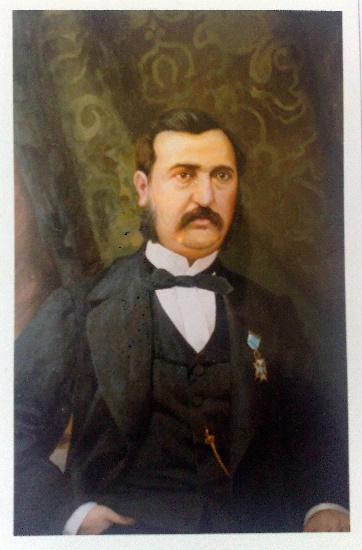
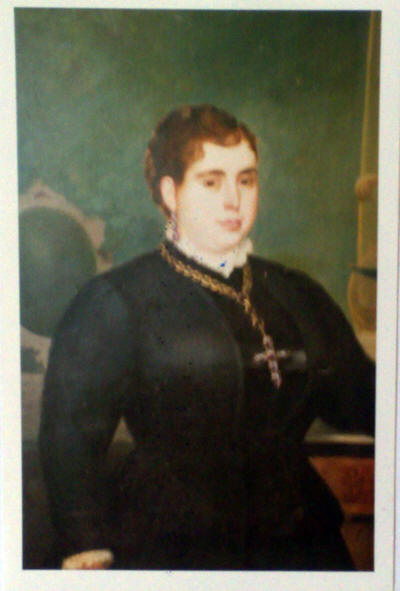
Mr. Juan Tuset y Malet was born in Tarragona on December 21, 1822 and baptized in the Cathedral of that city, in the Chapel of the Sacrament. Biography: Historical Archive of the Archbishop's Palace of BarcelonaAntonia María Fernández y Padial : Born in Dúrcal on
February 18, 1839. Daughter of José Fernández Rodríguez and Ana Padial Figueroa
Don Juan Tuset y Malet are part of the nobility that came from Catalonia (Tarragona) in the late nineteenth and early twentieth centuries built the economic situation of the region. Don Juan Tuset as engineer was in charge of finishing the conflicted road from Granada to Motril, finished the stone bridge of Dúrcal where that road will pass and will marry a lady much younger than him, of the local nobility not titled, Doña Antonia Fernández and Padial. Which was the daughter of Doña Ana Padial Figueroa (From Casa Romanones). The word nobility means remarkable, well-known and describes a magnanimous person with noble feelings. This first meaning is the original and corresponds to the so-called Moral Nobility; and from this derives a second meaning that we could call Civil or Political Nobility and that corresponds to a privileged social state that either by hereditary right or by grant of a sovereign, enjoys prerogative particulars. In the case of Don Juan Tuset and Malet, both hereditary or blood and staff are contemplated on their own merits.
Don Juan Tuset y Malet was the son of Don Juan Tuset Alasa and Doña Ignacia Malet Tombas who married in the Cathedral of Tarragona on June 29, 1817. His grandparents Don Juan Tuset Pagarola and Doña Josefha Barceló Montaner also married in Tarragona Cathedral on February 8, 1750 and created majorazgo on July 8, 1788 indicated his noble state and the greatest assets.
Belonging to the sayings (Don Juan Tuset and Malet, father and grandfather) to the Stament de Caballers Nobles of the Principality of Catalonia
The marriage of Don Juan Tuset y Malet and Doña Antonia Fernández y Padial lived between Granada capital and Dúrcal. Then he had to walk through the province of Seville because of his work, one of his sons Antonio Tuset together with his mother "the widow of Tuset", undertook the noble task of electrifying the Valley of Lecrín by giving electricity to all these peoples back in the early twentieth century.
After completing his studies as a Road Engineer, Don Juan Tuset, at the age of 25, was proposed by the Governor of the Province with the salary of thirty thousand Royals, to serve the State in public works and bound for regional roads in the Province of Lleida in 1845. Later in 1849, proposed by the Lord Chief of the Corps of Engineers of Roads, Canals and Ports, he went through Royal Decree to the roads of the province of Tarragona, again on the proposal of the Governor and the Chief Engineer of Roads, Canals and Ports and by Real appointment proposed by the Political Chiefs, was assigned to the city of Barcelona, in which he practiced until his arrival in Andalusia, specifically to the Province of Granada, to the people of Dúrcal.
-
- Don Juan Tuset and Malet Gutierrez is married to Dona Antonia Fernandez Padial and dies 18/05/1888 and the property passes to his wife on 01/03/1890.
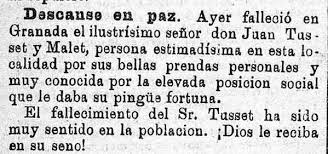
- 27/06/1900 : DONA EUFEMIA PELAYO GORVEN, INSCRIBE YOUR Title of Sale ( 27/06/1900)
- 27/11/1919 DON FRANCISCO ARIZA VILLASCLARAS, INSCRIBE YOUR Title of Sale ( 27/11/1919)
- 20/06/1926 : Don Francisco Ariza Villasclaras, married to Ms. Rosario Sanchez de Molina y Sanz, sells the estate to Don Manuel Martin Carrillo, married to Dona Trinidad Picazo Pérez, labrador, of legal age. DON MANUEL MARTIN CARRILLO, INSCRIBE YOUR Title of Sale ( 20/06/1926 ). Don Manuel Martin Carillo (nicknamed the biscuit) and Doña Trinidad Picazo Perez were the owners of the old Mill known as "El Molino del bizco".
- Don Juan Tuset and Malet Gutierrez is married to Dona Antonia Fernandez Padial and dies 18/05/1888 and the property passes to his wife on 01/03/1890.
The Martin Carillo family had like many families of the first half of the twentieth century, many children in particular eleven, of whom nine survived.
- Rufino
- Dionisio
- Acencion
- Manuel
- Placido
- Carmela
- Paco
- Moises
- Rufinio
- Albaro
- Eduardo
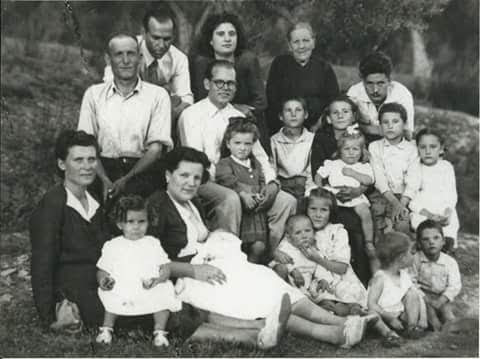
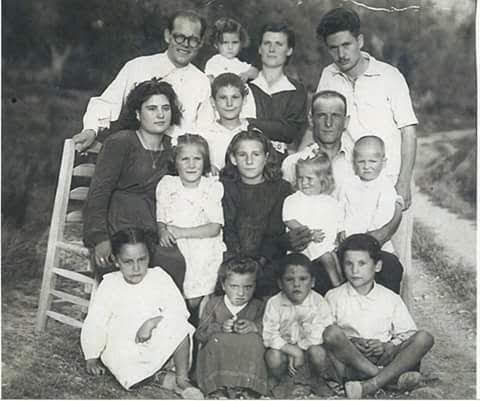
In general, because of the lack of family planning, and because children were an instrument of work, families used to have an average of four or five children. One of sister girls died at the age of twelve of fearsome and incurable meningitis (infant mortality, without vaccines, was then quite high). Grandpa Manuel ran the trade of some farms, was partly treating, and at the same time had a water mill, which is the current rural hostel of the Alqueria de los lentos, perhaps the most unique and symbolic hostel, for what it represents and its antiquity. That mill had a bread oven, which in turn was moved to the streets of Industry and Commerce of Nigüelas.
( text Eduardo Ortega )
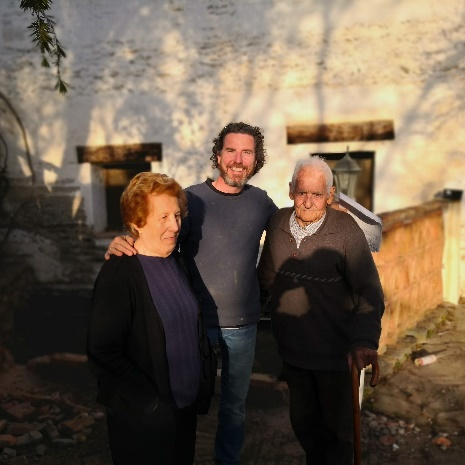
Doña Rosario y Don Placido
- 22/01/1976 : Don Manuel Martin Carillo died in Nigüelas ( 13/06/1961 ), and DON PLACIDO MARTIN PICAZO, INSCRIBE this estate by title of inheritance and award on 22/01/1976. The last miller has been D. Plácido Martín Picazo, who thanks to his good work the mill has arrived to this day in perfect condition. Married to Doña Rosario.
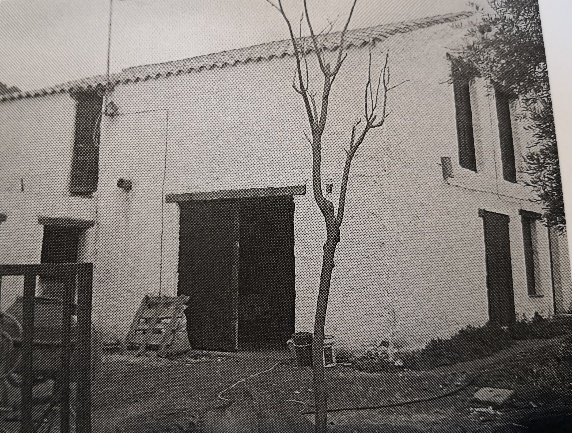
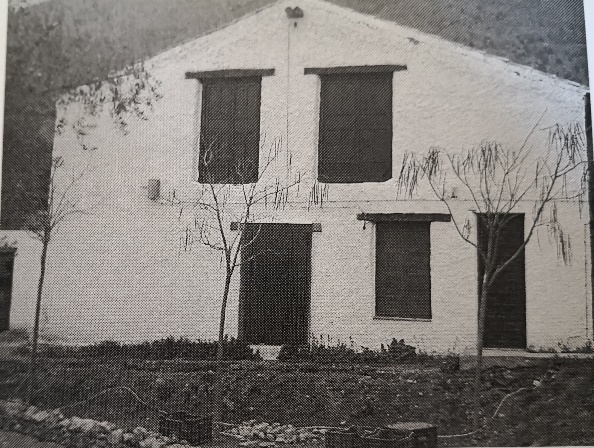
- 06/04/1999 : Don PLACIDO MARTIN PICAZO married to Doña ROSARIO GARCIA ORTEGA, sells dona MARIA MERCEDES JIMENEZ MARTIN, married to Don Francisco Ortega Fernández, on 06/04/1999 in favor of the company ALQUERIA DE LOS ENTOS SL. In 2000 The couple Francisco Ortega and Mercedes Jimenez together with the Derek Jorseph Patrick Leahy reformed it in agrotourism as we know it today with the help of a European fund and grant. It is thanks to the work, good taste, infinite dedication and a lot of respect for the materials they use in those times that Francisco Ortega Fernandez better known as Paco and Mercedes transformed it into this jewel of the Lecrin Valley.
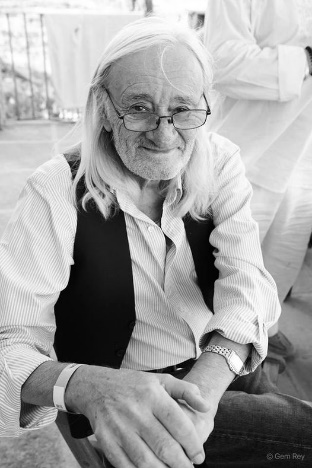
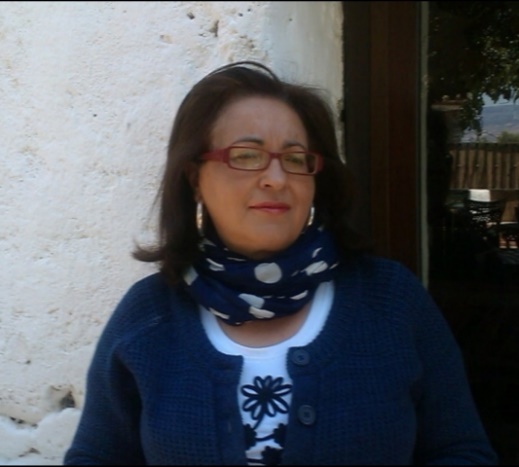

Derek Joseph Patrick Leahy (+2020) Maria Mercedes Jimenez Martin Francisco Ortega Fernandez (+2016)
In 2016 he was chosen by the Junta de Andalucía as one of the best rural houses in Andalusia.
Last chapter in the history of the Alqueria de los lentos.
On 11/11/1972 the alqueria de los lentos SL sold it to NIWALAS RURAL SL owned by Cristobal and Rosana. This young couple are the owners today along with their two sons Poppy and Pablo. They have blown a new life into this jewel by adding more comfort to the rooms and re-forming the facilities. The restaurant received a modernization especially in the kitchen, the Turkish baths were rehabilitated and a wellness detail has been added, an outdoor jacuzzi under a few centuries-old olive trees. Everything for the client to feel at home,where time meets their space. In this agrotourism center the guest can enjoy nature, wellness and a gastronomic meal.
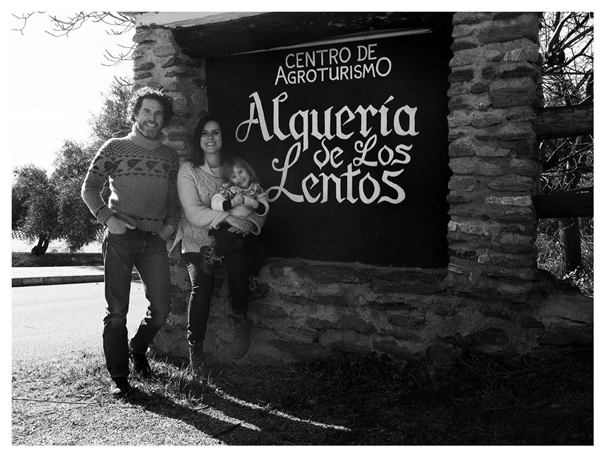
GO TO BLOG
